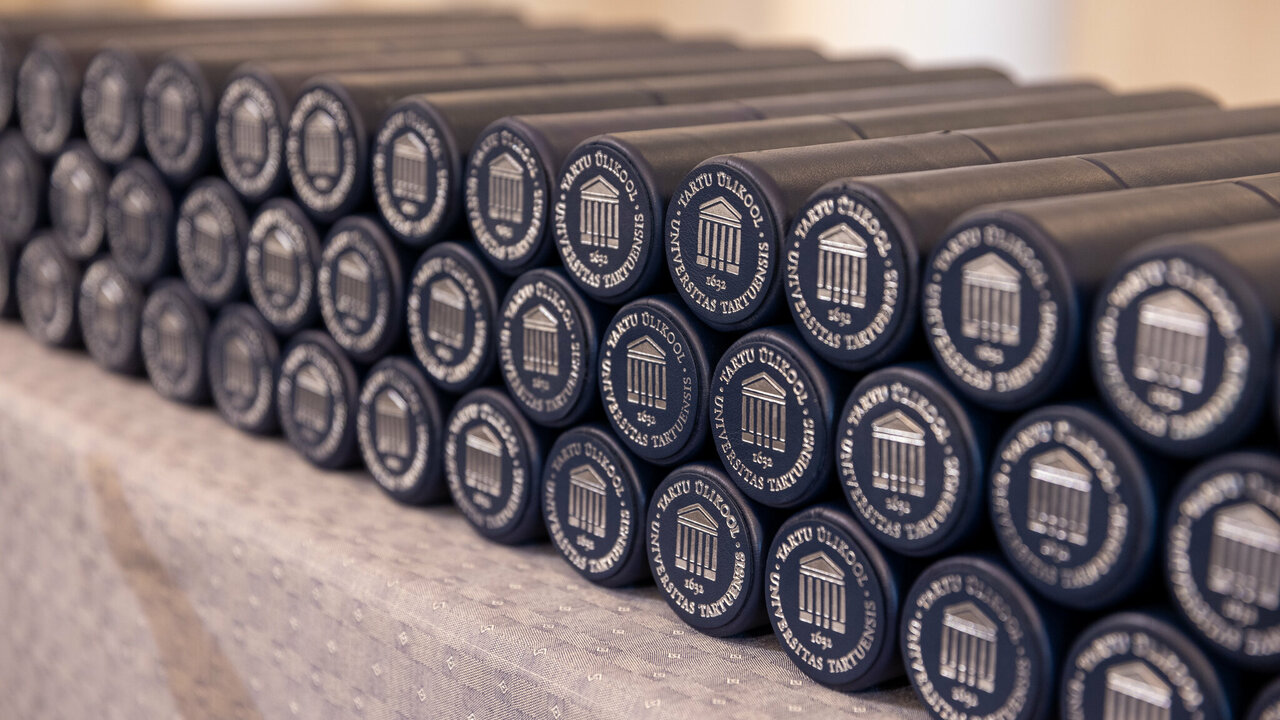-
Faculty of Arts and HumanitiesJakobi 2, r 116-121 51005 Tartu linn, Tartu linn, Tartumaa ESTJakobi 2 51005 Tartu linn, Tartu linn, Tartumaa ESTJakobi 2, IV korrus 51005 Tartu linn, Tartu linn, Tartumaa ESTJakobi 2, III korrus, ruumid 302-337 51005 Tartu linn, Tartu linn, Tartumaa ESTÜlikooli 16 51003 Tartu linn, Tartu linn, Tartumaa ESTLossi 3 51003 Tartu linn, Tartu linn, Tartumaa ESTÜlikooli 18 50090 Tartu linn, Tartu linn, Tartumaa ESTPosti 1 71004 Viljandi linn, Viljandimaa ESTJakobi 2 51005 Tartu linn, Tartu linn, Tartumaa ESTJakobi 2 51005 Tartu linn, Tartu linn, Tartumaa ESTFaculty of Social SciencesLossi 36 51003 Tartu linn, Tartu linn, Tartumaa ESTJakobi 5 51005 Tartu linn, Tartu linn, Tartumaa ESTLossi 36, ruum 301 51003 Tartu linn, Tartu linn, Tartumaa ESTNarva mnt 18 51009 Tartu linn, Tartu linn, Tartumaa ESTNäituse 2 50409 Tartu linn, Tartu linn, Tartumaa ESTNäituse 20 - 324 50409 Tartu linn, Tartu linn, Tartumaa ESTLossi 36 51003 Tartu linn, Tartu linn, Tartumaa ESTRaekoja plats 2 20307 Narva linn, Ida-Virumaa ESTRingi 35 80012 Pärnu linn, Pärnu linn, Pärnumaa ESTLossi 36 51003 Tartu linn, Tartu linn, Tartumaa ESTLossi 36 51003 Tartu linn, Tartu linn, Tartumaa ESTFaculty of MedicineRavila 19 50411 Tartu linn, Tartu linn, Tartumaa ESTBiomeedikum, Ravila 19 50411 Tartu linn, Tartu linn, Tartumaa ESTNooruse 1 50411 Tartu linn, Tartu linn, Tartumaa ESTL. Puusepa 1a 50406 Tartu linn, Tartu linn, Tartumaa ESTL. Puusepa 8 50406 Tartu linn, Tartu linn, Tartumaa ESTRavila 19 50411 Tartu linn, Tartu linn, Tartumaa ESTUjula 4 51008 Tartu linn, Tartu linn, Tartumaa ESTRavila 50411 Tartu linn, Tartu linn, Tartumaa ESTRavila 19 50411 Tartu linn, Tartu linn, Tartumaa ESTFaculty of Science and TechnologyVanemuise 46 - 208 51003 Tartu linn, Tartu linn, Tartumaa ESTNarva mnt 18 51009 Tartu linn, Tartu linn, Tartumaa ESTRiia 23b/2 51010 Tartu linn, Tartu linn, Tartumaa ESTRavila 14a 50411 Tartu linn, Tartu linn, Tartumaa ESTNarva mnt 18 51009 Tartu linn, Tartu linn, Tartumaa ESTRiia 23, 23b - 134 51010 Tartu linn, Tartu linn, Tartumaa ESTObservatooriumi 1 61602 Tõravere alevik, Nõo vald, Tartumaa ESTNooruse 1 50411 Tartu linn, Tartu linn, Tartumaa ESTJ. Liivi tn 2 50409 Tartu linn, Tartu linn, Tartumaa ESTVanemuise 46 51003 Tartu linn, Tartu linn, Tartumaa ESTVanemuise 46 51003 Tartu linn, Tartu linn, Tartumaa ESTArea of Academic SecretaryLossi 3 51003 Tartu linn, Tartu linn, Tartumaa ESTUppsala 6, Lossi 36 51003 Tartu linn, Tartu linn, Tartumaa ESTArea of Head of FinanceÜlikooli 17 51005 Tartu linn, Tartu linn, Tartumaa ESTArea of Director of AdministrationÜlikooli 18A (III korrus) 51005 Tartu linn, Tartu linn, Tartumaa ESTÜlikooli 18, ruumid 102, 104, 209, 210 50090 Tartu linn, Tartu linn, Tartumaa ESTArea of RectorArea of Vice Rector for Academic AffairsUppsala 10 51003 Tartu linn, Tartu linn, Tartumaa ESTÜlikooli 18b 51005 Tartu linn, Tartu linn, Tartumaa ESTArea of Vice Rector for ResearchW. Struve 1 50091 Tartu linn, Tartu linn, Tartumaa ESTArea of Vice Rector for DevelopmentNarva mnt 18 51009 Tartu linn, Tartu linn, Tartumaa ESTVanemuise 46 51003 Tartu linn, Tartu linn, Tartumaa ESTLossi 25 51003 Tartu linn, Tartu linn, Tartumaa EST
Doctoral defence: Vlad-Julian Piljukov “Biochemical characterization of Irc3 helicase”

On 19 September at 14:15 Vlad-Julian Piljukov will defend his doctoral thesis „Biochemical characterization of Irc3 helicase“ for obtaining the degree of Doctor of Philosophy (in Molecular Biology).
Supervisor:
Professor Juhan Sedman, University of Tartu
Oponent:
Dr. Jaakko Pohjoismäki, University of Eastern Finland (Finland)
Summary:

Mitochondria, essential organelles responsible for most cellular energy production, possess a notable feature – they harbor a distinct and autonomous genome. If this genome becomes damaged or lost, it can lead to devastating conditions, ranging from illnesses to death. Scientists often use the baker’s yeast Saccharomyces cerevisiae to study how cells preserve their mitochondrial DNA. This yeast can survive without a functional mitochondrial genome, making it an ideal model to explore mutations that lead to death in more complex organisms. Within the confines of yeast mitochondria, many proteins participate in the preservation of the mitochondrial genome. One essential class of these proteins are helicases, enzymes that act like tiny machines, using ATP energy to crawl on and rearrange DNA and RNA molecules. One helicase found in yeast mitochondria, Irc3, has caught our attention. Irc3 is present in various yeasts but not in other organisms. Irc3 from a thermotolerant yeast called Ogataea polymorpha can function at relatively high temperatures, a desirable and rare trait in helicases. Additionally, this helicase interacts with both DNA and RNA, with a preference for working with DNA. The property of being stimulated by both DNA and RNA molecules is not common for other helicases. Our studies of Irc3 revealed its role in maintaining the mitochondrial genome, and in a recent report, it has been associated with performing the functions of an RNA helicase during the elongation phase of protein synthesis. Furthermore, distinctive attributes of Irc3 suggest a potential role in tying together the yeast DNA and RNA metabolism. Beyond the fundamental significance of the study that helps to understand the role of Irc3 in the maintenance of mitochondrial genetic material, it may present new prospects for drug discovery in the future.
Doctoral defence: Vlad-Julian Piljukov “Biochemical characterization of Irc3 helicase”
Read more similar news






